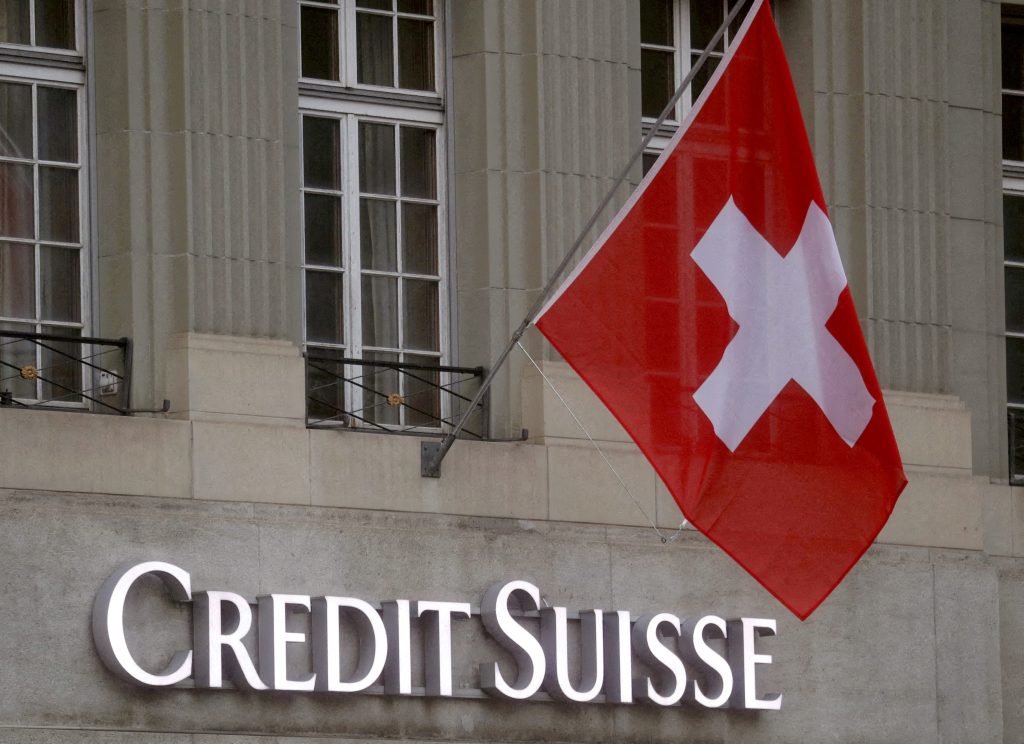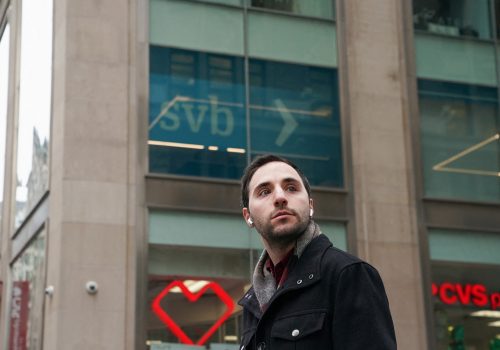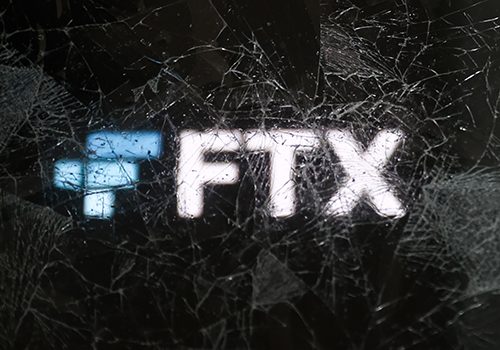Even with today’s economic unpredictability, there is one certainty you can take to the bank: When banks fail, talk of bailouts will follow. It happened during the 2008 financial crisis. It is happening now with the failures of Silicon Valley Bank (SVB) and Signature Bank. And as shares of Zurich-based Credit Suisse plunged on Wednesday, regulators promised to provide liquidity if needed.
As governments around the world weigh this crucial question, deciding whether to help failing banks first requires clarifying what exactly a bailout entails.
Take the most recent example. In the last week, US financial authorities moved promptly to guarantee all deposits of the two closed banks (SVB and Signature) thus trying to avoid turmoil in financial markets and the high-tech business sector in particular. In addition, the Federal Reserve (Fed) has launched a Bank Term Funding Program (BTFP) to lend to banks against high-quality bonds as collateral for up to one year, at face value instead of market value, which has been eroded due to rising interest rates. This has ignited a growing debate about whether protecting all depositors of the closed banks represents a bank bailout and whether it is justified.
Is it a bailout?
US President Joe Biden, the Federal Reserve, and US financial regulators have insisted that the measures adopted on March 12 do not constitute a bailout of the closed banks—since their shareholders and bondholders are exposed to losses potentially wiping out all their claims. Taxpayers’ money is not involved and, they argue, will not be lost as the deposit protection will be funded by selling the assets of the closed banks. However, this assertion is weakened somewhat by the fact that the Federal Deposit Insurance Corporation’s (FDIC) $125 billion insurance fund and $25 billion from the Treasury Departments’s Exchange Stabilization Fund will be available as a backup.
In turn, critics of these moves point out that protecting large depositors who are supposed to be at risk is bailing them out of the consequences of their actions, and in the process weakens market discipline and elevates moral hazard. After all, public resources are involved in the sense of allowing the Fed and the FDIC to use their balance sheets and buy time to go through the resolution process. If the FDIC’s fund is used, it will have to be replenished by assessments on all banks—so all the banks and their customers, meaning society at large, will have to pay.
Was the ‘bailout’ justified?
The answer to this question depends on distinguishing the short term from the long term. In the short term, the answer is “yes” simply because of the bleak consequences of the alternative. Not protecting all depositors of the failed banks would risk spreading the bank runs to other banks perceived to be in similar circumstances or weak in some ways, then to much of the banking system. This risks destabilizing the whole economy and inflicting tremendous costs on citizens.
The problem is that all crises require short-term responses, and repeated rescue operations, especially since 2008, have hard-wired these expectations and behaviors into financial market participants. When things go wrong, the government will come to the rescue without fail. As a result, moral hazard is no longer a theoretical concern. It is alive and well.
Another set of expectations has also become hard-wired in financial markets. A crisis usually triggers a kind of “New Year’s resolution” to implement financial regulatory reform to make the system healthier and more resilient in the future. That resolution may or may not go anywhere—most of the time not—but even when it does produce results, such as the Dodd-Frank Wall Street Reform and Consumer Protection Act of 2010, the reform was later rolled back when things settled down.
In short, especially since 2008, the US financial system has morphed into one where any crises or stressful periods have been ‘competently’ pacified by the Fed—either by flooding the financial markets with ample liquidity or offering outright guarantees or protection to the market participants at risk. Naturally, when things go well, the owners of financial assets and senior managers of financial institutions—a small minority of the population—reap most of the benefits.
The long-term problem is that such a financial system is anti-capitalistic (Adam Smith would be turning over in his grave), inequitable, and unsustainable. The longer it persists, the more it undermines the legitimacy of the Fed and other financial regulators—and of the government as a whole.
Was there a better option?
According to SVB’s latest balance sheet, at the end of December the bank had assets of $211.8 billion, of which presumably high-quality bonds (US Treasury bonds, agencies, and mortgage-backed securities) amounted to $116.7 billion, net commercial loans made up $73.6 billion, and other assets making up the rest. The bank also had $173.1 billion of total deposits, of which $163.2 billion were uninsured and $132.8 billion were demand deposits. In addition, SVB has $19.3 billion of total debt and $16.3 billion of total equity.
Instead of offering a blanket guarantee to all large depositors, a much better approach would have been to protect large depositors up to the value of the closed banks’ high-quality bond portfolios, which are eligible as collateral to borrow from the newly launched BTFP. The limit could be the market value of the bonds (in which case there is no implicit public support involved); or their face value (in which case the BTFP provides a service by warehousing the bonds until maturity without realizing any losses). SVB’s bond portfolios at face value would have paid $116.7 billion out of the $163.2 billion uninsured deposits—leaving $46.5 billion uncovered. These “excess” deposit claims would have to wait to get paid from the sale of the remainder of the bank’s assets of $95.1 billion; either fully or partially depending on the outcome of the liquidation efforts. This is not a bad cushion as debtholders and shareholders will be the first to take losses.
This procedure would enable large depositors, presumably high-tech start-up companies in the case of SVB, to get money to carry on normal business without serious disruptions. But, critically, it would also subject them to some degree of market discipline. Hopefully, they would then be incentivized to shop around for banks with a healthy holding of high-quality bonds, in the process generating competitive pressure on the banks to do so to the benefit of their safety and soundness.
If more banks start to fail, regulators should use this approach with large depositors to help protect the economy without resorting to more bailouts.
Hung Tran is a nonresident senior fellow at the Atlantic Council, a former executive managing director at the Institute of International Finance and former deputy director at the International Monetary Fund.
Further reading
Mon, Mar 13, 2023
Silicon Valley Bank failed: What happens next?
EconoGraphics By Hung Tran
Even if the contagion effects are contained, risks to the financial stability of the US and the world have increased significantly. The Fed can no longer focus only on bringing down inflation, but must also avoid exacerbating financial stability risks.
Mon, Mar 13, 2023
The Fed’s tightening is a recipe for global volatility. Silicon Valley Bank’s collapse is just the start.
New Atlanticist By Martin Mühleisen
In this volatile environment, it may take less than a historic shock to cause severe disruption. Governments and central banks around the world better be prepared.
Thu, Nov 17, 2022
How to prevent the next FTX
New Atlanticist By JP Schnapper-Casteras
There are steps that policymakers and the industry can take now to build transparency and trust—thereby protecting consumers and avoiding a repeat of this disaster.
Image: Switzerland's national flag flies above a logo of Swiss bank Credit Suisse in front of a branch office in Bern, Switzerland November 29, 2022.



